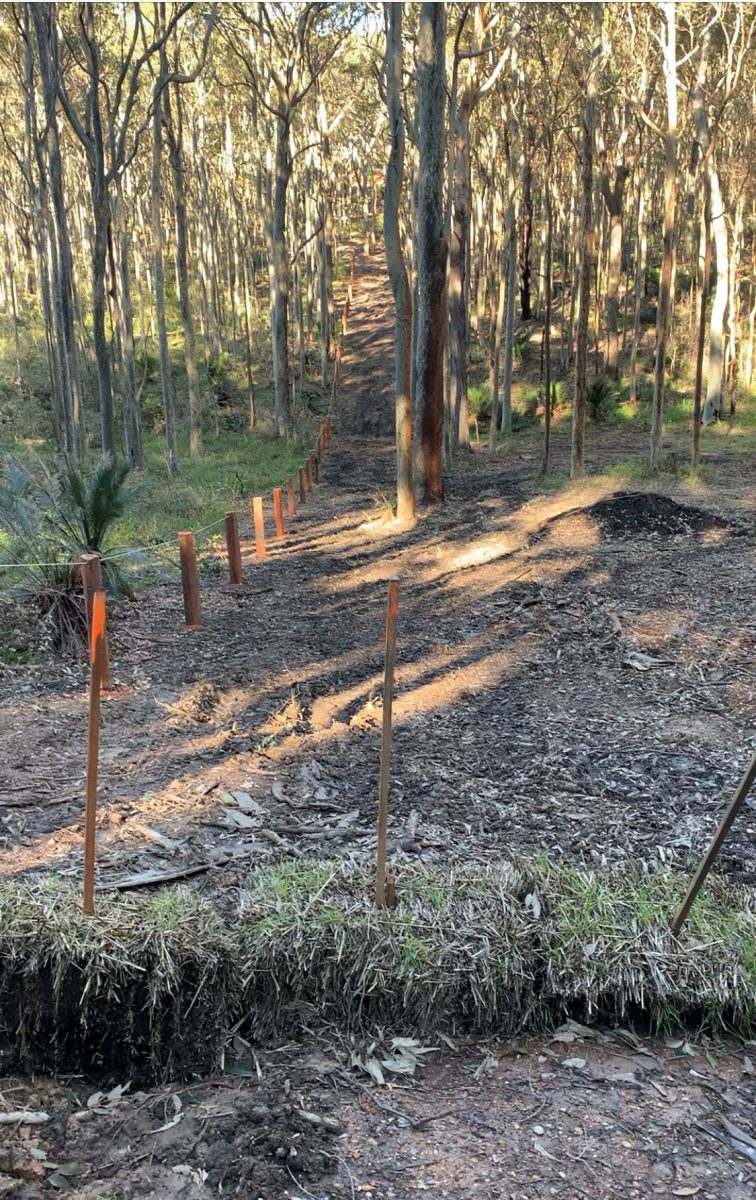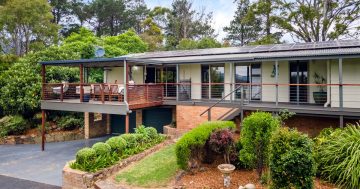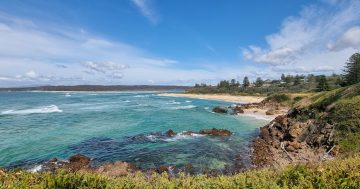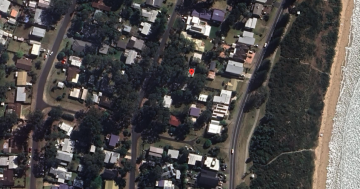
Rosedale Beach on the South Coast. Photo: Kim Treasure.
Year in Review: Region Media is revisiting some of the best Opinion articles of 2021. Here’s what got you talking, got you angry and got you thinking in 2021. Today, Zoya Patel puts her argument for ‘right to roam’ laws to ensure access to public places like beaches.
Like most Canberrans, I spend a fair bit of time down at the South Coast. We’re lucky to be able to drive just a few hours and access (in my opinion) the best beaches in Australia, without the crowds of beaches closer to big cities.
Since childhood, I have enjoyed wandering down the little trails that weave through the forest that fringes beaches from Moruya to Bermagui, trodden down by hundreds of fellow visitors and residents to provide access to the hidden bays and coves along the coastline.
By unspoken mutual agreement, we have maintained these paths over generations, keeping them clean and free from litter, and limiting our impact on the surrounding forest by sticking to the trails we’ve made.
One such path that I’ve only recently come across is the trail that leads from the base of Tranquil Bay Close at Rosedale to the eponymous beach – a tiny, secluded stretch of sand only a few hundred metres long, with some of the clearest, calmest water and additional trails leading off the beach to cliff walks that locals have enjoyed for a long time.

The boundary fence on the path at Tranquil Bay. Photo: Zoya Patel.
Only on my latest visit, we started down the trail to be confronted by a large swathe of cleared bush and a wooden and wire fence, cutting off the path to the beach. Glancing in either direction, the fenceline stretches on and on – technically you can still access the path if you go all the way along the fence to where it ends, and head around it. But the beautiful, uninterrupted forest trail is no more.
Asking the locals, it turns out that the land they have shared and used as a common path is actually partially owned by the residents of one of the houses that sits behind it.
I don’t know the intricacies of this specific case, and I don’t own a property in Rosedale, so I can only speak from anecdote. But I have to wonder, in the absence of common land, can’t we at least retain common decency?
This landowner, and any other who chooses to take similar actions on their own big bush blocks at the coast, is technically within their rights to erect a boundary fence, and clear the land on either side of it for access (and potential fire hazard reduction).
But just because you can do something, doesn’t mean you should, and it makes me particularly frustrated for the wildlife who have been able to enjoy free access in the bush until this point, and now have to figure out a way through, over, or around the extremely long fenceline.
In parts of Europe and the UK there are ‘right to roam’ laws that mean landowners have to allow access to walkers on certain land types, primarily in rural, country and nature settings. I wish something similar existed in Australia to protect the freedoms that have been enjoyed for so long, but that are clearly tenuously hinged on the common decency of the individual.
In the absence of such a law, I’m sure many Rosedale residents feel quite bereft at their loss of tranquillity at Tranquil Bay.
Original Article published by Zoya Patel on The RiotACT.










